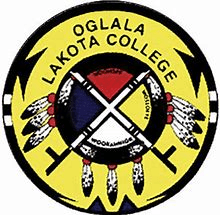Washington’s 1862 Land-Grant Institution: Washington State University
https://wsu.edu @WSUPullman
Established in 1890 as the Washington Agricultural College and School of Science. In 1905, the school changed its name to State College of Washington, although it was commonly known as Washington State College. In 1959, the Washington State legislature changed the school’s name again to Washington State University.
President: Kirk Schulz became the president of Washington State University in 2016. President Schulz has extensive land-grant bona fides, including having received his bachelor’s and doctoral degrees in chemical engineering from the land-grant institution Virginia Tech. Dr. Schulz also held several positions at the land-grant institution Mississippi State University and was appointed president of the land-grant institution Kansas State University in 2009. @WSU_Cougar_Pres
Washington’s 1890 Land-Grant Institution: Northwest Indian College
https://www.nwic.edu @NWIndianCollege
Established in 1973 as the Lummi Indian School of Aquaculture in order to support Indian-owned and operated fish and shellfish hatcheries in the United States and Canada. In 1983, the Lummi Nation chartered the Lummi Community College to fulfill the need for a more comprehensive post-secondary education for tribal members. The school changed its name in 1993 to Northwest Indian College.
President: Justin P. Guillory became the president of Northwest Indian College in 2012 after serving as their Dean of Academics and Distance Learning and Dean of Extended Campus Sites. Dr. Guillory’s land-grant credentials include both a master’s degree in educational administration and a doctoral degree in higher education administration from the land-grant institution Washington State University.















